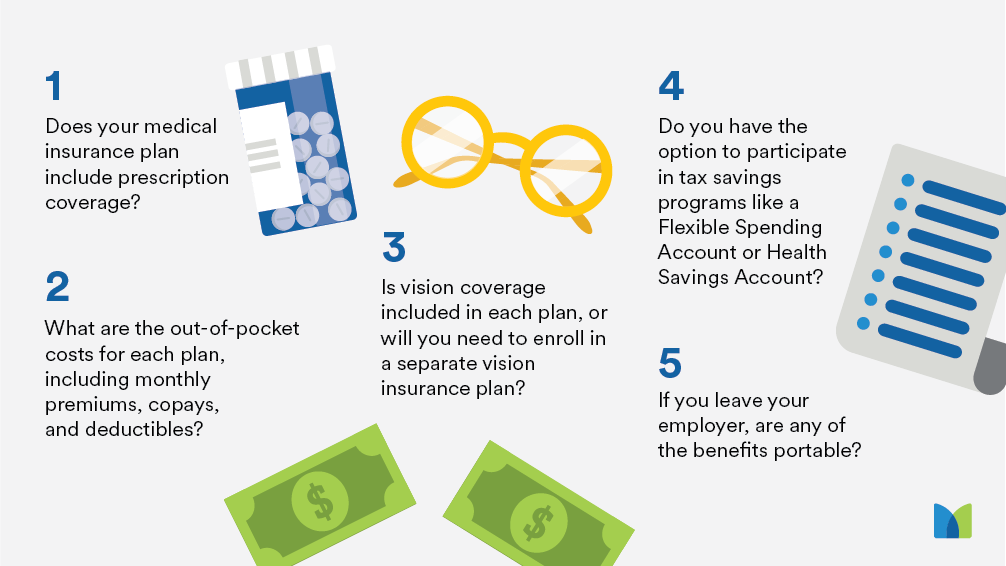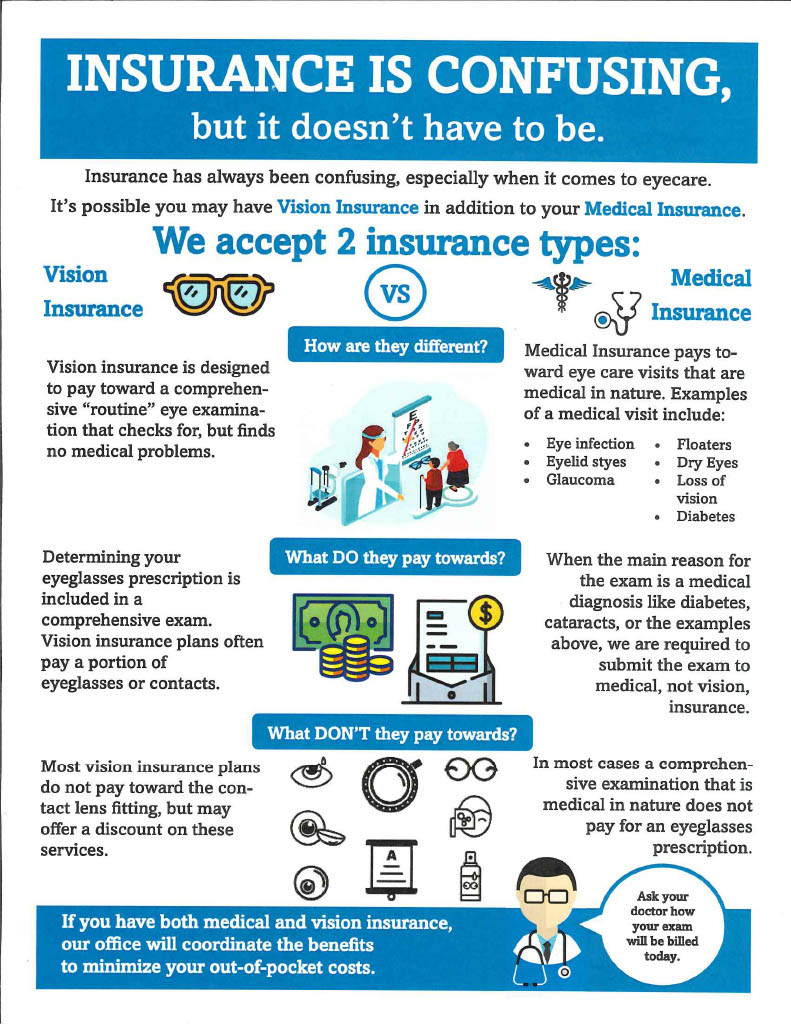Recognizing Livestock Threat Defense (LRP) Insurance Policy: A Comprehensive Guide
Navigating the world of livestock risk protection (LRP) insurance can be a complicated undertaking for lots of in the farming market. This sort of insurance provides a safeguard against market fluctuations and unforeseen situations that could influence animals producers. By comprehending the details of LRP insurance coverage, producers can make educated decisions that might secure their operations from monetary risks. From how LRP insurance policy functions to the various coverage options readily available, there is much to reveal in this extensive guide that might potentially shape the way livestock producers come close to danger administration in their services.

Just How LRP Insurance Coverage Works
Periodically, comprehending the mechanics of Animals Danger Security (LRP) insurance policy can be complicated, however damaging down just how it works can offer quality for herdsmans and farmers. LRP insurance policy is a danger management device created to safeguard animals producers versus unanticipated rate declines. It's important to keep in mind that LRP insurance policy is not an income warranty; instead, it focuses only on rate risk protection.
Eligibility and Coverage Options
When it comes to insurance coverage options, LRP insurance policy provides producers the adaptability to select the coverage level, coverage duration, and endorsements that ideal match their risk monitoring demands. Protection degrees normally vary from 70% to 100% of the anticipated ending value of the insured animals. Producers can additionally select protection durations that align with their manufacturing cycle, whether they are insuring feeder cattle, fed cattle, swine, or lamb. Endorsements such as price danger protection can better customize coverage to shield against negative market changes. By understanding the qualification standards and coverage alternatives readily available, livestock producers can make enlightened choices to handle risk properly.
Advantages And Disadvantages of LRP Insurance Policy
When reviewing Livestock Danger Defense (LRP) insurance coverage, it is important for animals producers to consider the advantages and downsides intrinsic in this threat monitoring tool.

One of the key advantages of LRP insurance coverage is its ability to supply defense against a decline in livestock costs. In addition, LRP insurance provides a degree of versatility, permitting producers to personalize coverage levels and policy periods to match their certain demands.
One restriction of LRP insurance policy is that it does not shield against all types of dangers, such as disease outbreaks or all-natural disasters. It is vital for producers to thoroughly assess their private threat exposure and monetary situation to figure out if LRP insurance coverage is the ideal threat administration tool for their procedure.
Recognizing LRP Insurance Policy Premiums

Tips for Maximizing LRP Conveniences
Maximizing the advantages of Animals Threat Defense (LRP) insurance coverage calls for critical planning and positive risk administration - Bagley Risk Management. To maximize your LRP insurance coverage, take into consideration the adhering to pointers:
Consistently Assess Market Conditions: Remain educated concerning market patterns and rate fluctuations in the livestock industry. By keeping track of these elements, you can make informed decisions about when to buy LRP insurance coverage to safeguard versus potential losses.
Establish Realistic Coverage Levels: When picking insurance coverage degrees, consider your manufacturing prices, market worth of animals, and possible dangers - Bagley Risk Management. Establishing sensible protection degrees makes sure that you are adequately secured without paying too much for unnecessary insurance
Diversify Your Coverage: Instead of depending entirely on LRP insurance policy, take into consideration diversifying your threat administration strategies. Combining LRP with other risk monitoring devices such as futures agreements or options can provide extensive insurance coverage against market uncertainties.
Testimonial and Adjust Insurance Coverage Regularly: As market problems alter, occasionally review your LRP insurance coverage to ensure it aligns with your present danger direct exposure. Readjusting coverage degrees and timing of purchases can help enhance your threat security technique. By following these tips, you can take full advantage of the advantages of LRP insurance policy and guard your livestock procedure versus unexpected risks.
Verdict
To conclude, animals danger protection (LRP) insurance visit this page policy is a useful tool Read More Here for farmers to take care of the financial risks connected with their livestock operations. By comprehending exactly how LRP functions, qualification and insurance coverage alternatives, as well as the advantages and disadvantages of this insurance coverage, farmers can make educated decisions to secure their source of incomes. By very carefully taking into consideration LRP costs and carrying out techniques to make best use of advantages, farmers can mitigate prospective losses and make certain the sustainability of their procedures.
Animals producers interested in getting Animals Threat Protection (LRP) insurance can discover an array of qualification criteria and protection options customized to their certain livestock procedures.When it comes to protection alternatives, LRP insurance policy offers producers the flexibility to select the insurance coverage level, protection period, and endorsements that ideal suit their danger monitoring needs.To realize the ins and outs of Animals Risk Protection (LRP) insurance policy totally, comprehending the factors influencing LRP insurance coverage costs is important. LRP insurance coverage premiums are determined by numerous aspects, consisting of the coverage degree picked, the expected cost of livestock at the end of the insurance coverage duration, the type of livestock being guaranteed, and the length of the insurance coverage duration.Testimonial and Readjust Coverage On a regular basis: As market conditions change, periodically assess your LRP coverage to guarantee it lines up with your current threat exposure.


